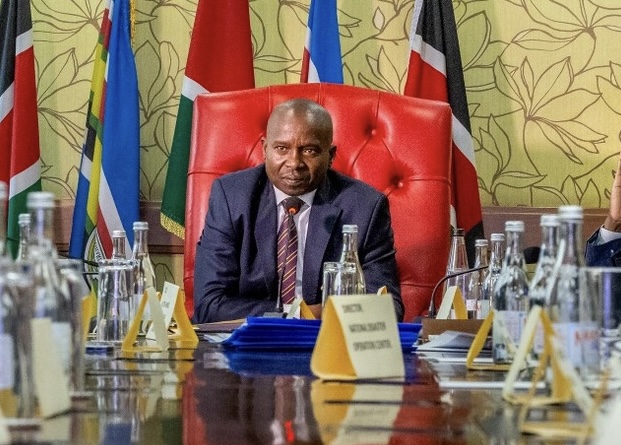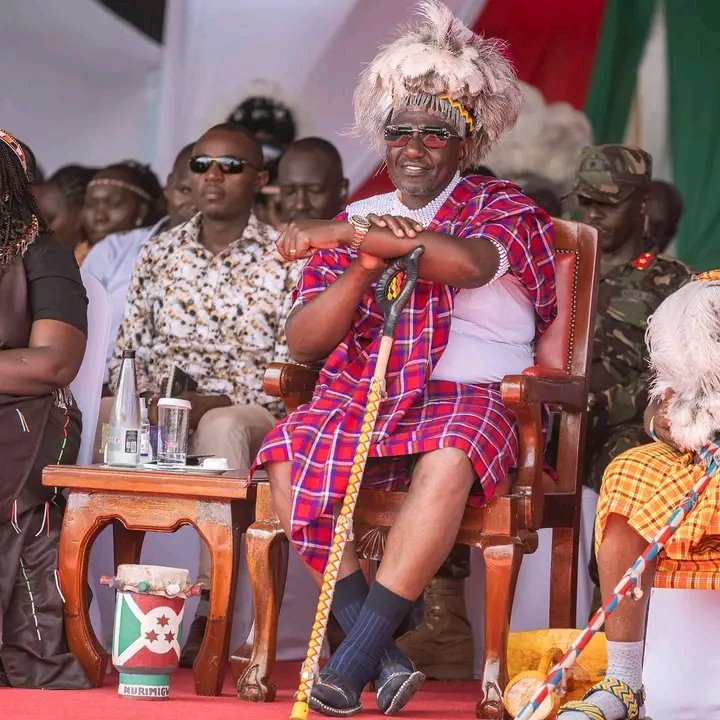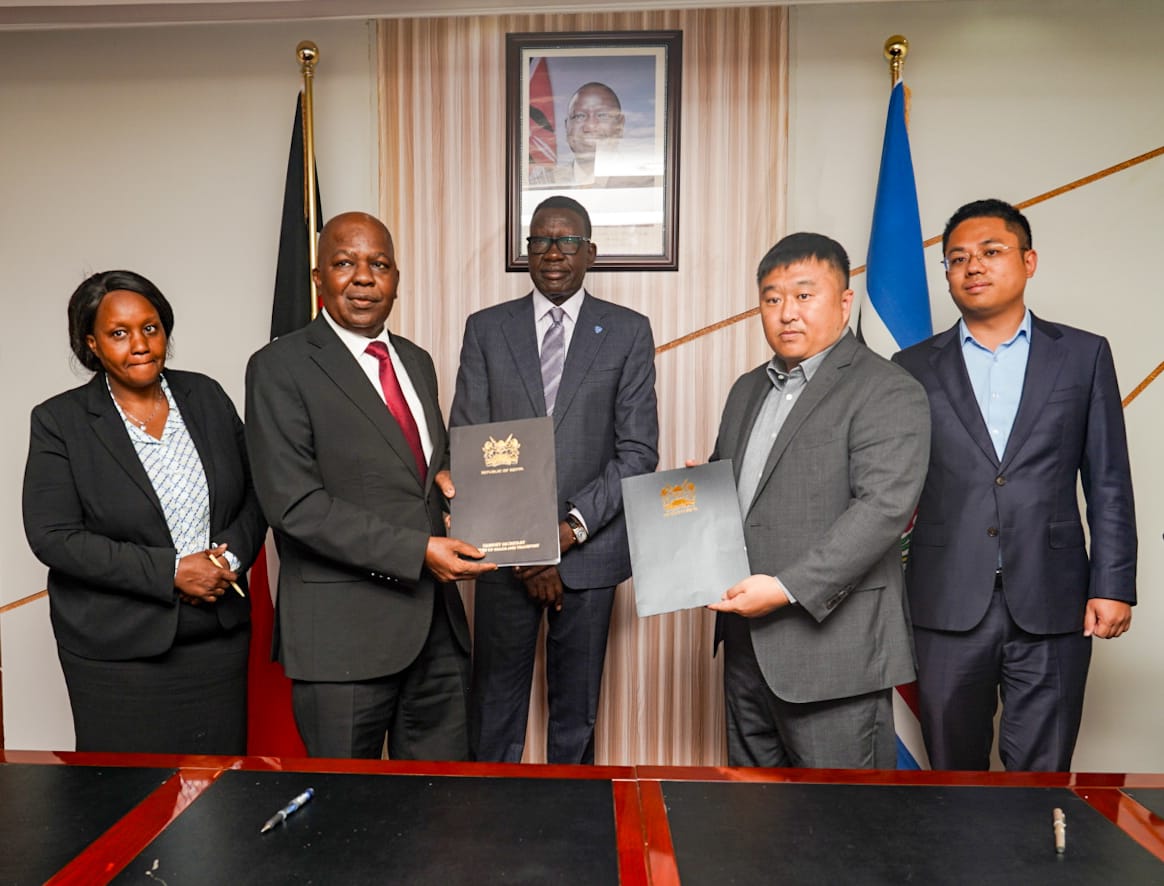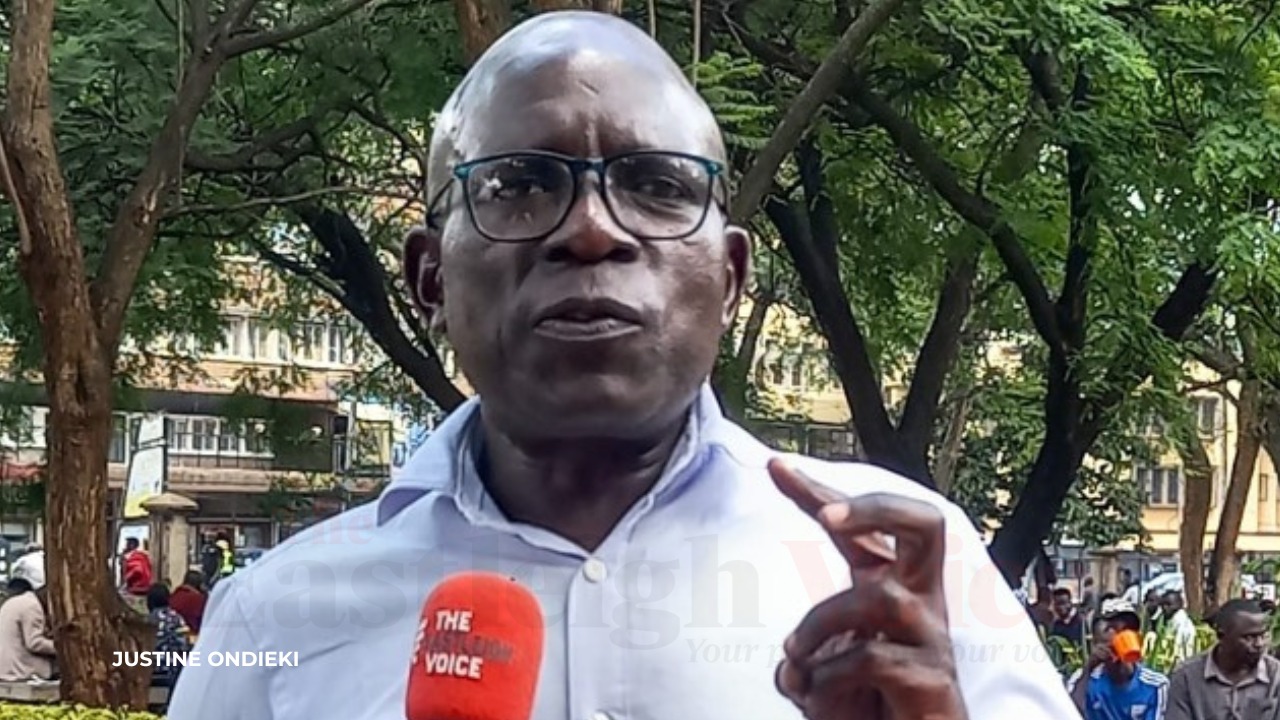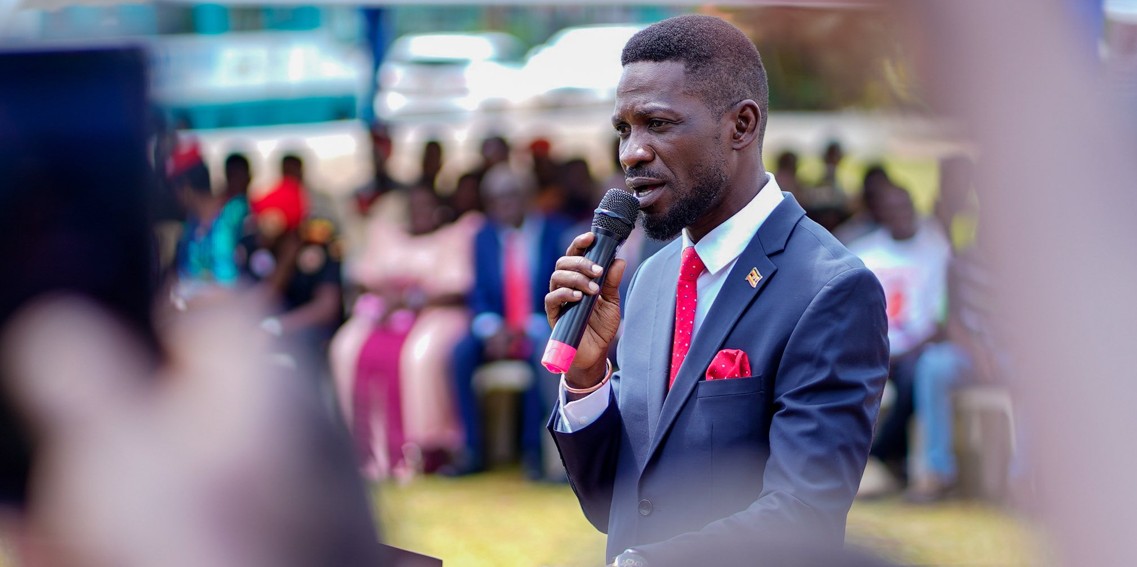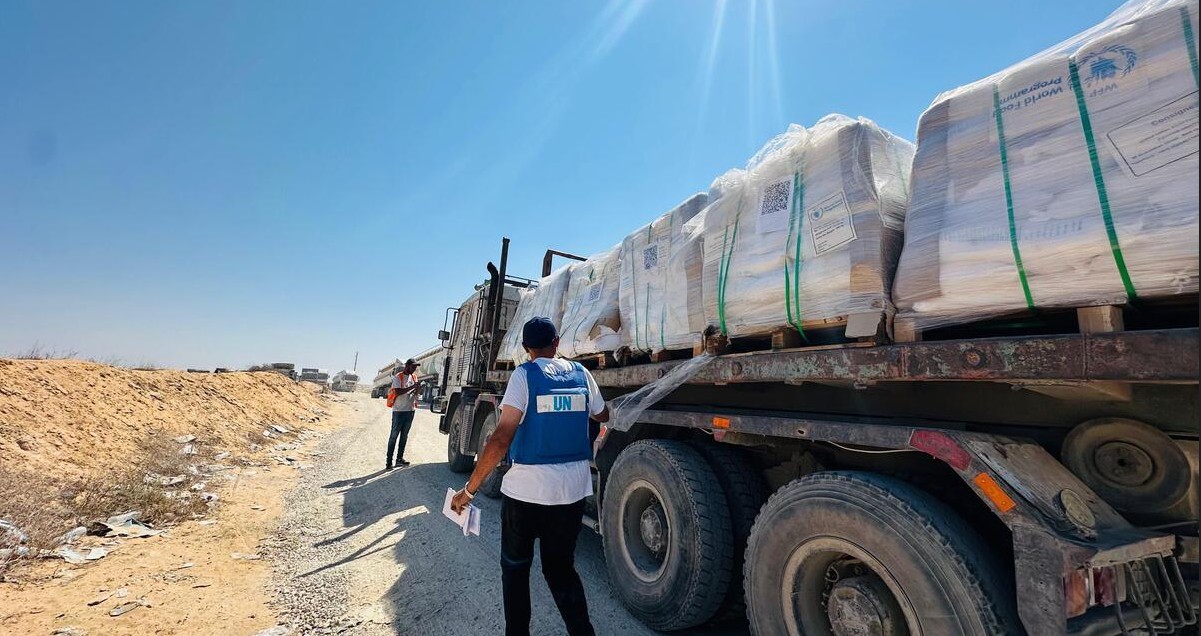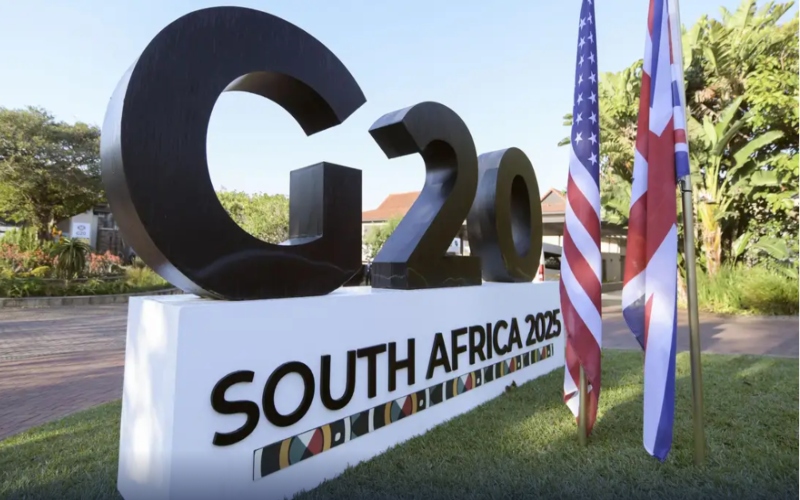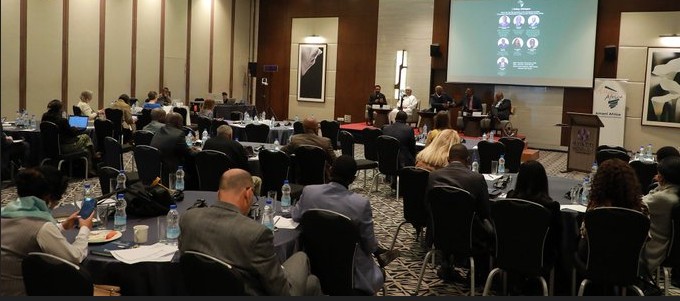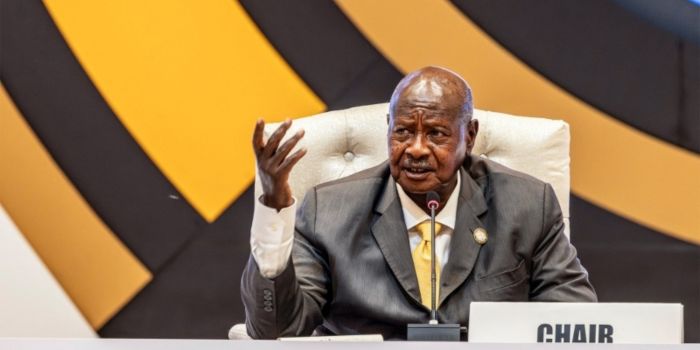Binzaro village exhumations reveal scattered body parts in disturbing contrast to Shakahola
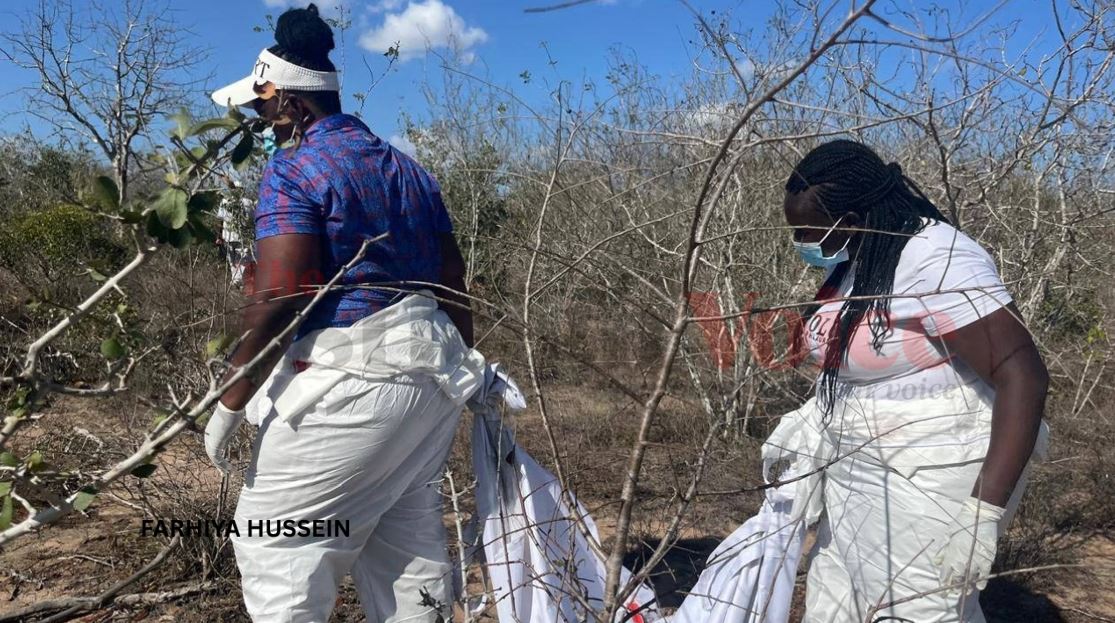
Government pathologist Dr Richard Njoroge confirmed that seven bodies were exhumed on Thursday, bringing the total number recovered since the exercise began to 32.
Unlike the Shakahola mass graves, where bodies were largely intact, the ongoing exhumations at Kwa Binzaro forest in Kilifi County have uncovered a more gruesome picture, with body parts strewn across the site.
Government pathologist Dr Richard Njoroge confirmed that seven bodies were exhumed on Thursday, bringing the total number recovered since the exercise began to 32.
More To Read
- Mystery deepens as most Kwa Binzaro bodies show no clear cause of death
- Chakama residents demand subdivision of 50,000-acre ranch linked to cult activities
- Kwa Binzaro cult suspects held for 60 days as investigators uncover grisly graves
- Why community vigilance is vital in combating cult killing- Murkomen
- Families ravaged by tragedy as Kwa Binzaro mass graves reveal grim truth
- Three Kwa Binzaro cult suspects granted bond pending investigation
He added that 54 body parts had also been collected from the ground, the highest since the exercise kicked off last week.
“Today we have exhumed seven bodies and also collected 54 body parts which were spread at distances away from the graves,” Dr Njoroge told reporters.
“It appears they were scattered after excavation and possibly eaten by wild animals. These samples will undergo DNA testing to determine whether they belong to separate individuals or to the remains already recovered from the graves.”
He explained that, unlike last week’s recoveries, which were skeletal, some of the bodies retrieved at Kwa Binzaro this week had flesh, suggesting they had been buried only a few months ago.
“A few bodies had clothes, most were naked. At this particular site, the bodies look a bit fresh; they are not fully skeletonised, unlike the bodies we exhumed last week. The bodies here look to have been buried a few months or weeks old, so they are not very old since they were buried,” he said, noting that the exhumation and forensic research would continue.
Human rights activist Walid Sketty expressed concern over the freshness of the bodies.
“Out of the 32 bodies exhumed so far, most seem fresh. This is a clear indication that the practice is still ongoing. Proactive measures must be deployed by government stakeholders so that we can manage this disaster,” he said.
Sketty urged authorities to work more closely with residents.
“Community members have said that bodies are being brought here. The government should extend investigations and collaborate with locals to uncover the areas where these harmful acts continue,” he added.
Another activist, Victor Kaudo, described the scene as worse than Shakahola.
“Body parts are scattered everywhere. The scenes here are more horrifying than in Shakahola, where bodies were buried in graves. What we are witnessing now is a new level of brutality we have not seen before,” he said.
Kaudo criticised the silence of local leaders.
We call upon both the county and national government to come to the site. Those on the ground are doing a good job, but senior officials, including Cabinet Secretaries, must also visit. It has been two weeks since the exhumations began, yet not a single word has come from the county government. We need to know how we shall end religious extremism in Kilifi,” he stated.
Top Stories Today
